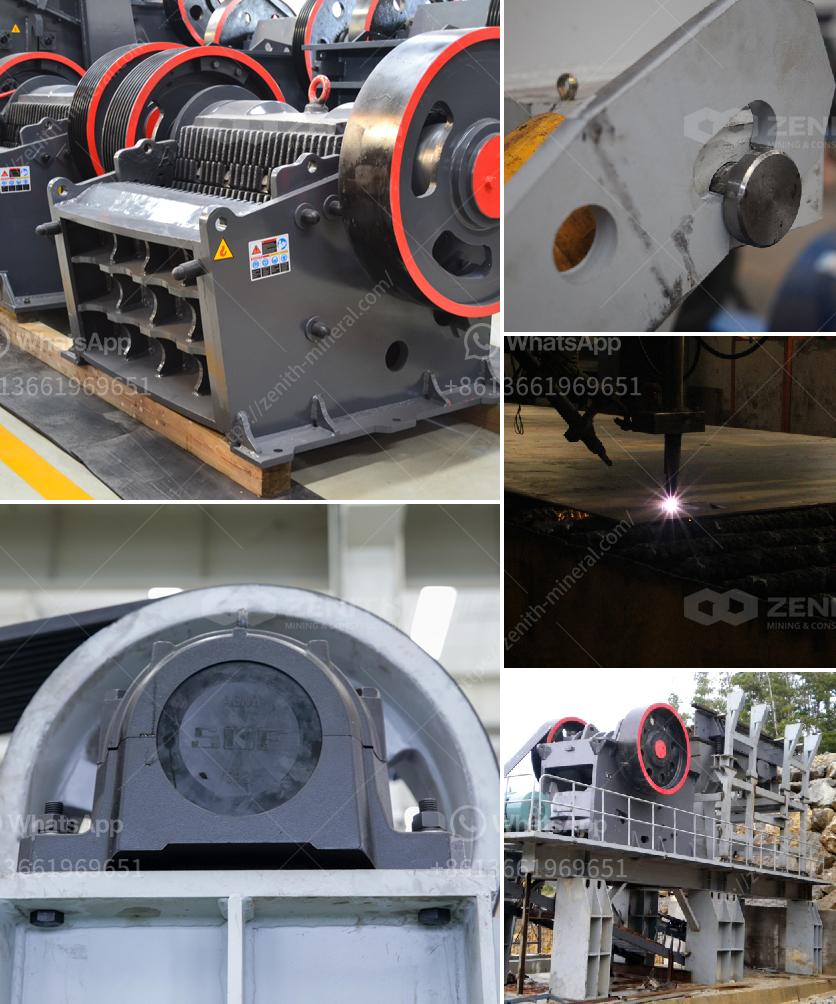A jaw crusher toggle plate can break due to a number of reasons, including:
Overloading: If the crusher is subjected to loads beyond its designed capacity, the toggle plate may break to prevent more severe damage to other critical components.
Material Properties: If the material being crushed is particularly hard or abrasive, such as steel material mixed in with the stones, it can place excess stress on the toggle plate.
Wear and Tear: Over time, wear and tear can weaken the toggle plate, making it more susceptible to breaking. Regular maintenance and inspection are crucial to identify and replace worn components.
Incorrect Settings: Improper settings, such as the wrong nip angle or discharge setting, can place excessive stress on the toggle plate.
Manufacturing Defects: Sometimes, the toggle plate may have inherent flaws due to poor manufacturing processes, such as casting defects or improper material selection.
Poor Maintenance: Lack of proper lubrication, alignment issues, or not following the maintenance schedule can lead to harsh working conditions which increase the risk of breakage.
Ensuring regular maintenance, proper usage within the crusher's specified limits, and prompt attention to unusual noises or performance issues can help in preventing such failures.
